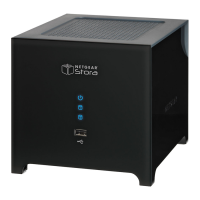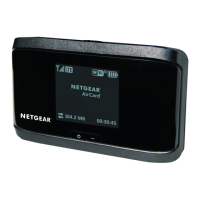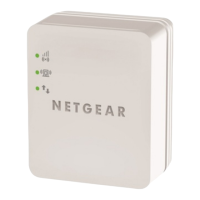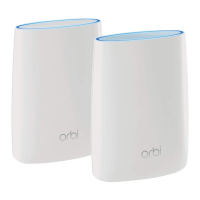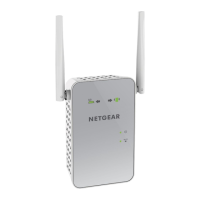Power over Ethernet Commands
321
M4100 Series ProSAFE Managed Switches
Static and dynamic modes differ in how the available power is calculated, as follows:
• Static Power Management
Available power = power limit of the source - total allocated power where total allocated
power is calculated as the power limit configured on the port.
• Dynamic Power Management
Available power = power limit of the source - total allocated power, where total allocated
power is calculated as the amount of power consumed by the port.
For example, assume that the power limit of the source is 300 watts. One port is powered up
and is drawing 3 watts of power. The power limit defined on the port is user-defined as
15
watts. In this case, the available power for static and dynamic would be as follows:
• Static Power Management
Available power = 300 watts - 15 watts = 285 watts
• Dynamic Power Management
Available power = 300 watts - 3 watts = 297 watts
no poe power management
Use this command to set the power management mode to the default.
poe priority
Use this command to configure the priority on a specific port. This is used for power
management purposes. The switch might not be able to supply power to all connected
devices, so the port priority is used to determine which ports will supply power if adequate
power capacity is not available for all enabled ports. For ports that have the same priority
level, the lower numbered port will have higher priority. There are three options:
• crit. Critical priority
• high. High priority
• low. Low priority
Default dynamic
Format poe power management {<unit> | all} {dynamic | static}
Mode Global Config
Format no poe power management {<unit> | all}
Mode Global Config

